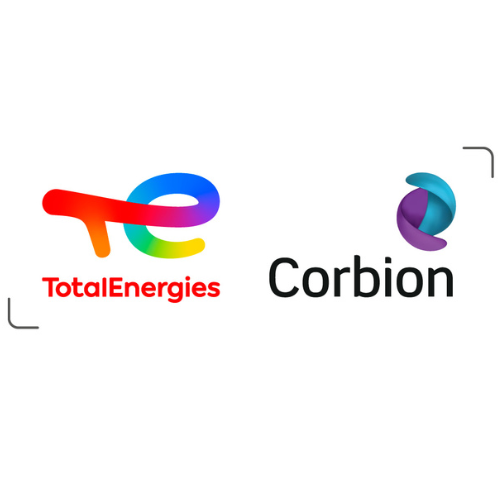Circular Economy Grades
Reduces Carbon Footprint
Renewably sourced content
Recycled Content
What is PLA?
PLA or Poly Lactic Acid is a range of unique bioplastics which are both biobased and biodegradable.
Reduced Carbon Footprint
PLA bioplastics enable products to be produced with a high biobased content and a reduced carbon footprint. In case of our Luminy® PLA, we offer a 75% reduction in carbon footprint compared to most traditional, fossil-based plastics. PLA is produced from renewable feedstocks like sugarcane, corn, sugar beet and cassava. Read the peer reviewed LCA.
Biodegradation or recycling?
PLA bioplastics are biodegradable, which means that in the right environment they will serve as a source of food for microorganisms and funghi. After the biodegradation process is completed, only natural and harmless substances like water, CO² and compost will remain. For PLA, the biodegradation process is relatively fast in industrial composting facilities and takes longer in less biologically active environments. Besides composting, PLA bioplastics also offer additional end-of-life options like mechanical and chemical recycling.
Biobased plastics possess the unique potential to reduce greenhouse gas (GHG) emissions or even be carbon neutral. Plants absorb atmospheric carbon dioxide as they grow. Using this biomass to create biobased plastic products constitutes a temporary removal of greenhouse gases (CO2) from the atmosphere. This carbon fixation can be extended for a period of time if the material is recycled.


